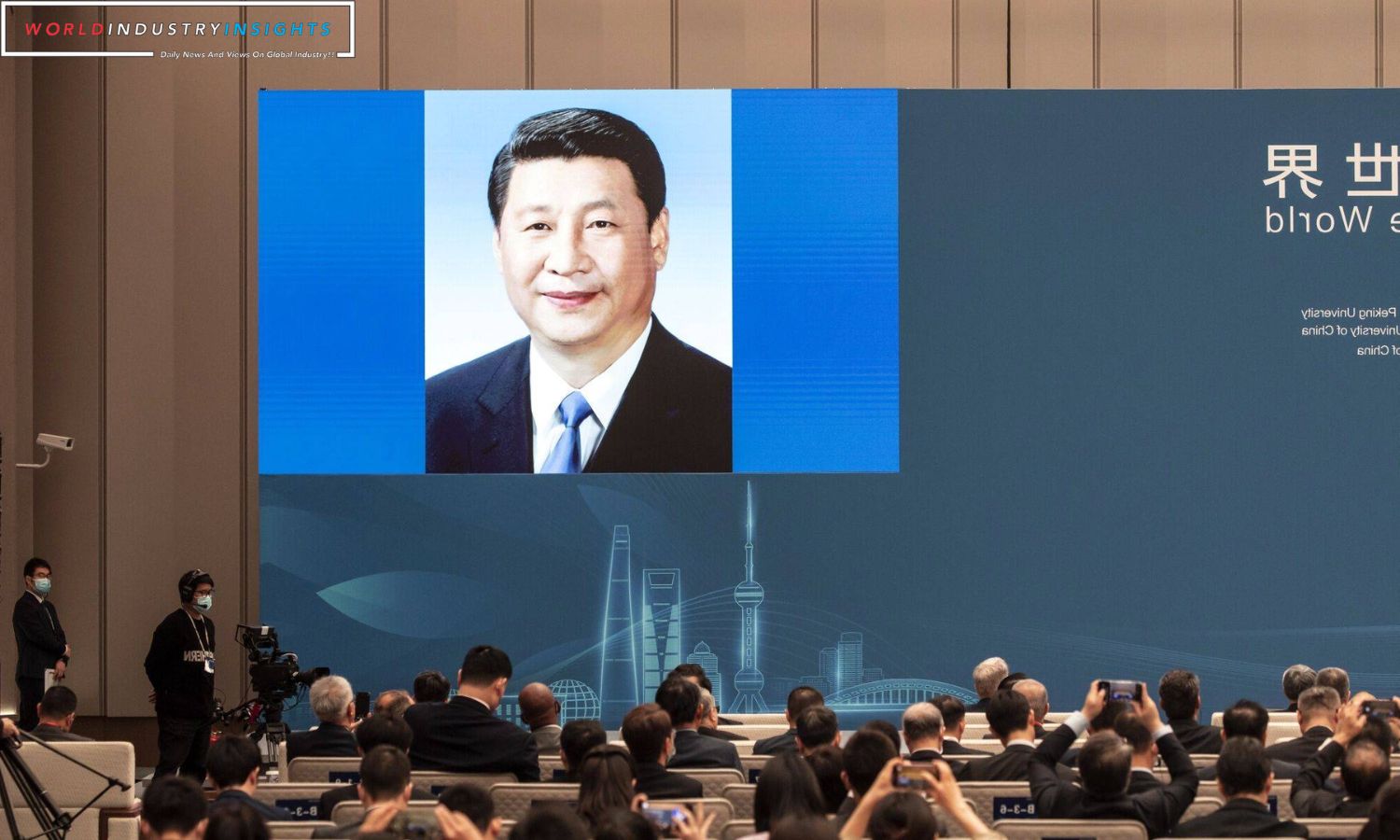China Charts Economic Course: In a bid to bolster domestic demand and fortify its economic recovery, China’s Politburo, a key decision-making body, outlined its strategy for 2024. President Xi Jinping, chairing the meeting, emphasized the critical stage of the country’s economic recovery, highlighting the need for a proactive fiscal policy and flexible, effective monetary measures.
China’s economy, grappling with post-pandemic challenges, including a property crisis, geopolitical tensions, and slow global growth, faces headwinds prompting the government to unveil a series of measures. Ratings agency Moody’s recent warning on China’s credit rating adds urgency to the need for decisive actions to address local government debt risks and control the property crisis.
The Politburo stressed a commitment to a moderately strengthened fiscal policy, calling for precision and flexibility in monetary policy. The focus is on enhancing economic vitality, preventing and resolving risks, and promoting a positive trend in economic recovery. President Xi emphasized the ongoing critical nature of the recovery during a meeting with non-Communist Party representatives.
Efforts will be directed at expanding domestic demand, forming a virtuous cycle of consumption and investment, and injecting strong impetus into high-quality development. Deepening reforms in key areas is also on the agenda to support the country’s economic objectives.
Also Read: China Economic Drapery: Caixin Signals Mixed Fortunes in Services Sector Surge
As China aims to consolidate its recovery, most analysts anticipate the growth to align with the government’s target of around 5% for this year. However, the uneven nature of economic activity and the lingering impact of COVID-19 on 2022 make the recovery journey challenging.
Looking ahead, fiscal policy is expected to take the lead in 2024, with government advisers likely to recommend a steady growth target and additional stimulus measures. Analysts project a fiscal deficit target of 3.5%-3.8% of GDP and a special local government bond quota of around 4 trillion yuan for 2024, signaling a commitment to supporting growth.
The government’s multifaceted approach includes modest interest rate cuts and increased cash injection by the central bank. Plans for anti-corruption efforts and a review of party disciplinary action regulations underscore the government’s commitment to both economic stability and governance reforms. In navigating the complex economic landscape, China’s strategy for 2024 combines stimulus measures with structural reforms, signaling a proactive stance to overcome challenges and foster sustained growth.
Our Reader’s Queries
What are the top 3 economic industries in China?
The Chinese economy is primarily driven by three major sectors: manufacturing, services, and agriculture. These sectors employ a significant portion of the population and contribute the most to the country’s GDP.
What is considered upper class in China?
The Upper Classes encompass not only the political elites but also the affluent and the celebrated. This group comprises the uppermost echelons of Chinese political power, namely the Politburo, which collectively makes decisions for the country, and the most influential businessmen in the nation.
What are the 4 most important projects for economic growth in China’s overall strategy?
China is focusing on five key areas for reform. Firstly, they are implementing new macroeconomic policies to stabilize growth in the short term. Secondly, they aim to transform the economic growth pattern to increase consumption. Thirdly, they are working to improve competition and allow the market to play a more prominent role, encouraging private sector involvement. Fourthly, they are promoting innovation and technological advancements. Lastly, they are working to improve the social welfare system and reduce inequality. These reforms are crucial for China’s continued economic development and success.
What is the economic issue in China 2023?
In 2023, Chinese households experienced a slowdown in income growth due to various factors such as the zero-COVID disruptions, property crunch, crackdown on high-growth technology employers, and weakening export manufacturing activity. As a result, instead of increasing consumption, most Chinese earners were focused on deleveraging.

